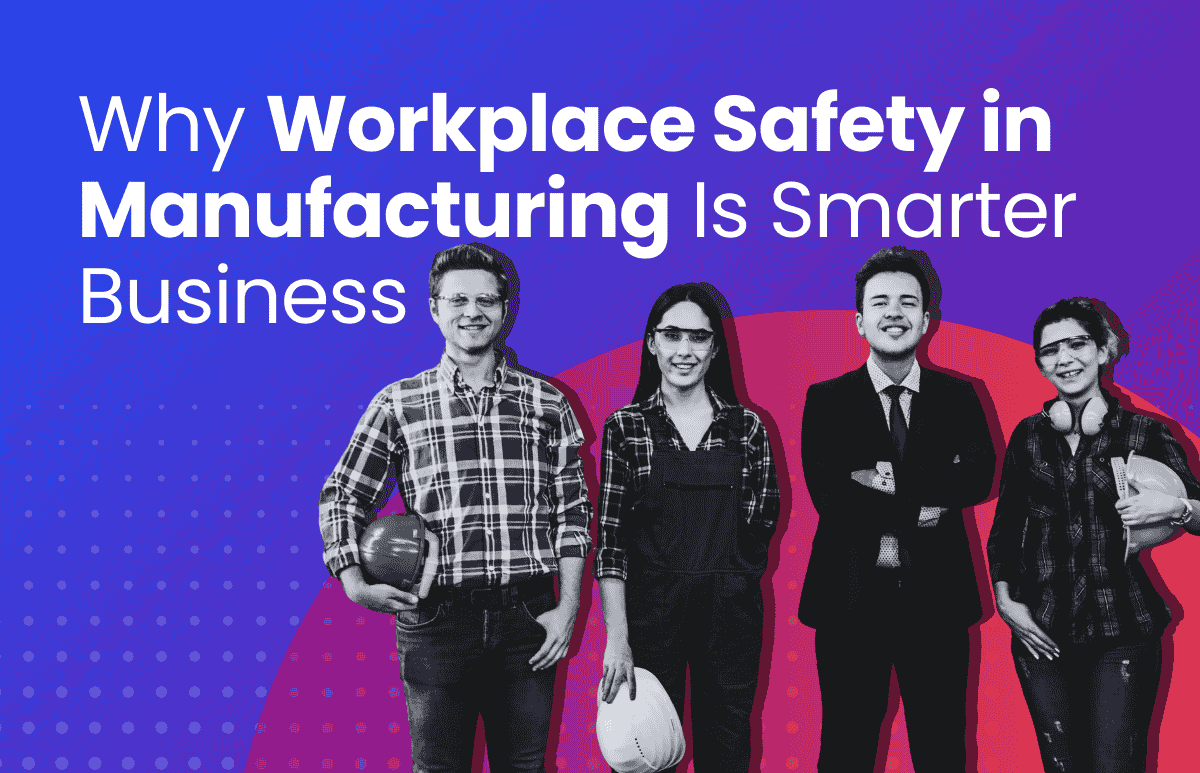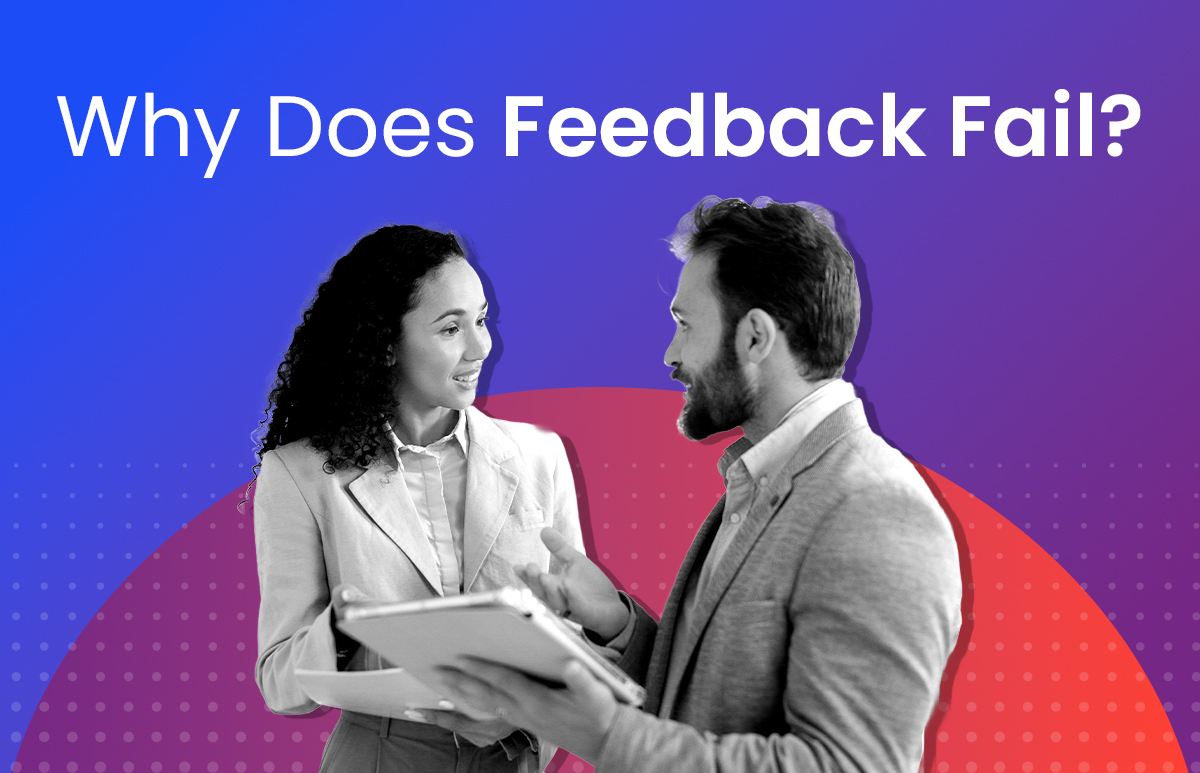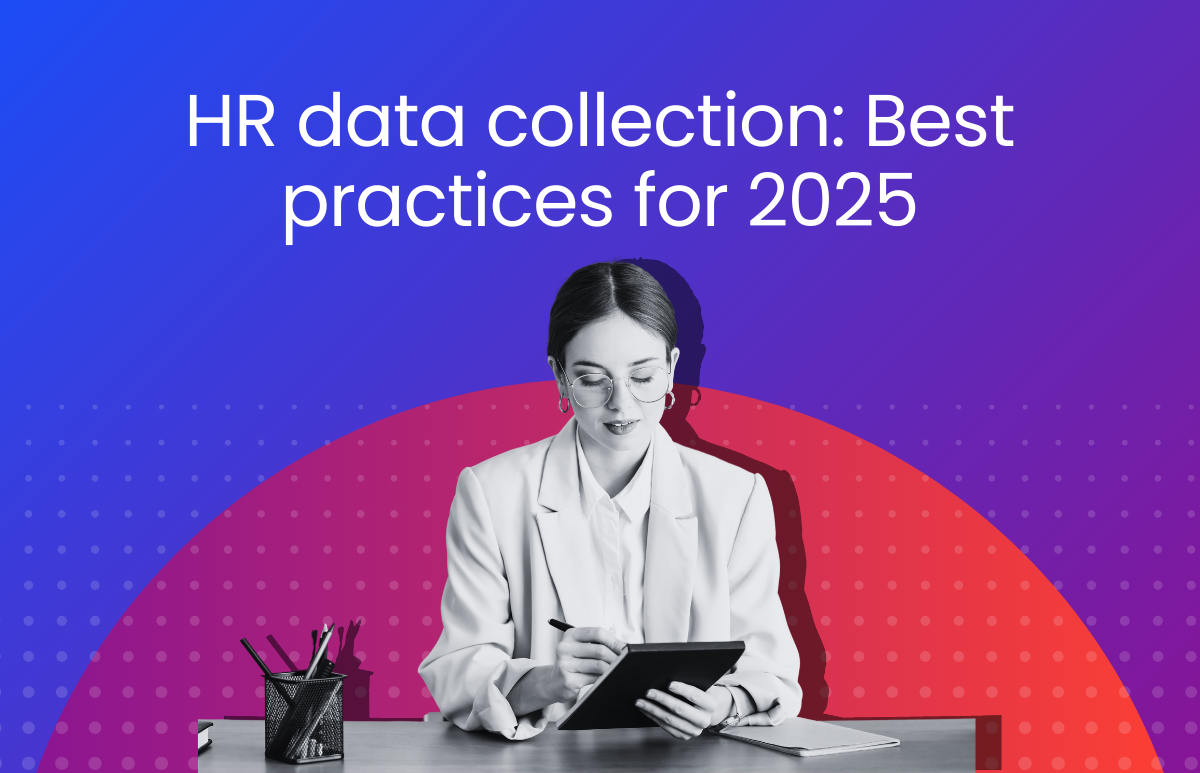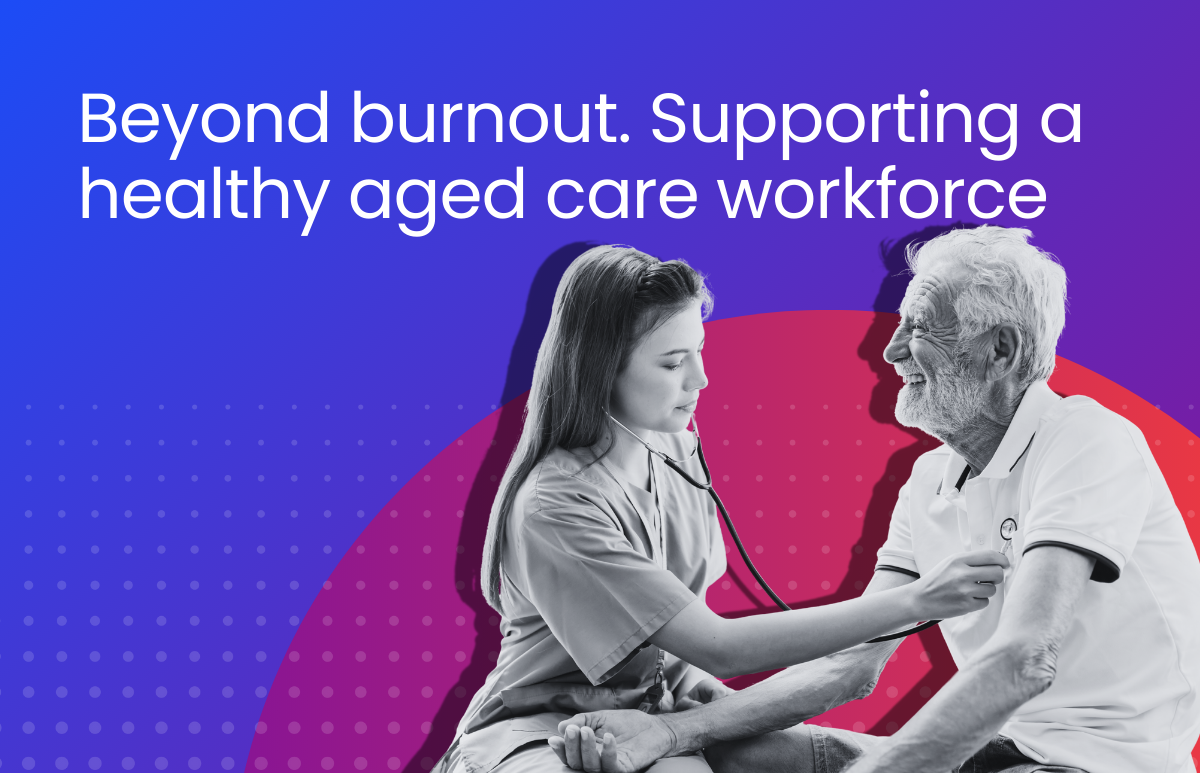Outgrowing Your HR Software? Watch out for These 5 Tell-Tale Signs
Is your HR software slowing you down? Discover the 5 signs it's time for an upgrade.

In the world we live in, HR software has become the backbone of modern business operations. Effective HR software plays a pivotal role in driving performance, managing resources, and shaping the overall work culture.
But unfortunately many HR professionals find that as their organisation sprints forward, their HR software struggles to keep pace.
Recognising this is crucial, and in this blog, we discuss how you can identify the signs that you’ve outgrown your current HR software and it’s time to consider an upgrade.
With over 20 years of experience selling HR software to the Australian and New Zealand markets, we’ve spoken to thousands of HR professionals who’ve been in this very position. Drawing on their experience, here are some of the most common signs that it’s time for a change.

1. Inefficient manual HR processes
The first tell-tale sign is a rise in manual processes – a clear indication that your HR software isn’t keeping up with your needs effectively. Remember, one of the fundamental goals of your HR software is to automate routine tasks, freeing up time for your HR team to focus on strategic, growth-focused activities.
If you notice that your team is repeatedly caught up in manual entries, data reconciliation or paper-based approvals, this reveals a shortcoming that your current software can’t cover.
You might also find yourself using workarounds to get the system to do what you need it to do. Rather than settle for second-best, it’s worth exploring other options to find software that truly meets your needs.
2. Lack of scalability in your HR software
A scalable HR system allows you to dream big. You can rest easy knowing that as your business grows and your needs change, the software can evolve with you. But when your HR software starts buckling under the pressure of a growing business, it’s a strong signal to consider an upgrade.
If you find your current software unable to support new pain points, increased employee count, or global adaptations, it’s time to realise you deserve better.
Example
With 100 employees on the books, Lucy chose a software provider to help streamline her hiring and onboarding processes.
But now with a workforce of 150 people and higher overheads, it’s become increasingly important to align employees’ performance and productivity with the organisation’s goals. Otherwise the business is at risk of low productivity and will struggle to meet its financial year targets.
Lucy should consider upgrading her HR software to a modular solutions that includes performance management. Then, she is able to streamline hiring, onboarding, and performance management under one centralised system. Not only does this option save time, she’ll be able to benefit from more in-depth insights to help guide decision making both now and in the future.
3. HR compliance and regulatory issues
Compliance isn’t just another buzzword, it’s a guiding force for the sustainable growth of your organisation. Without adhering to local legislation and regulations, HR teams could put their leaders and businesses at risk.
That’s why modern HR systems need to be inherently equipped to seamlessly adapt to changing regulations and standards.
But when you find your team constantly struggling to keep up with compliance, patching up gaps, and navigating through sea-changes in labour laws, your HR software is no longer the ally in progress that you ought to have.
4. Poor user experience
No team deserves a poor user experience, least of all your dedicated HR team who are your key people-people.
Outdated UI, hard to navigate software, slow load times or frequent system crashes can all be incredibly frustrating, leading to lower productivity and negative impact on morale.
If you’re hearing more sighs and seeing more furrowed brows amongst your HR professionals, this could be an indicator that your HR software is hampering, rather than enhancing their potential.
A poor user experience also makes it harder to get your people using your HR software. That’s why it’s a smart idea to opt for customisable HR software that can be branded to look and feel like your business.
Example
John is an HR manager at a not-for-profit. One of the key reasons he purchased HR software was to reduce the reliance on his HR team when employees want to request leave or check how much leave they have left. But the software has a poor user experience and it’s not easy or intuitive for employees to use.
As a result, the HR team still spends a considerable amount of time dealing with questions about how to use the software.
It’s time for a change. John should consider looking for a new provider that has easy-to-use functionality and can be customised to look like his business.
5. Data management and reporting challenges
Good HR software is one that enables your HR team to handle this data effectively, churn out meaningful insights and aid decision-making.
However, if generating reports feels like a treasure hunt, or your HR team is spending more time interpreting chaotic data than using these insights, consider this a glaring sign that your HR software simply isn’t rising to the occasion.
Using data to guide your decision-making is a key element for more strategic HR. As your business becomes more sophisticated and data-driven, don’t let your HR department fall behind. Choose software that does more than automates processes. Choose software that delivers useful insights and accurate data, helping you to stay one step ahead.
If you identify with any of these signs, you might be outgrowing your HR software.
Not sure where to start? Choosing a provider can be hard. Let us make it simple for you.
Use our interactive solution configurator to help you decide what solutions will best help you achieve your objectives.
 HR Core
HR Core 









